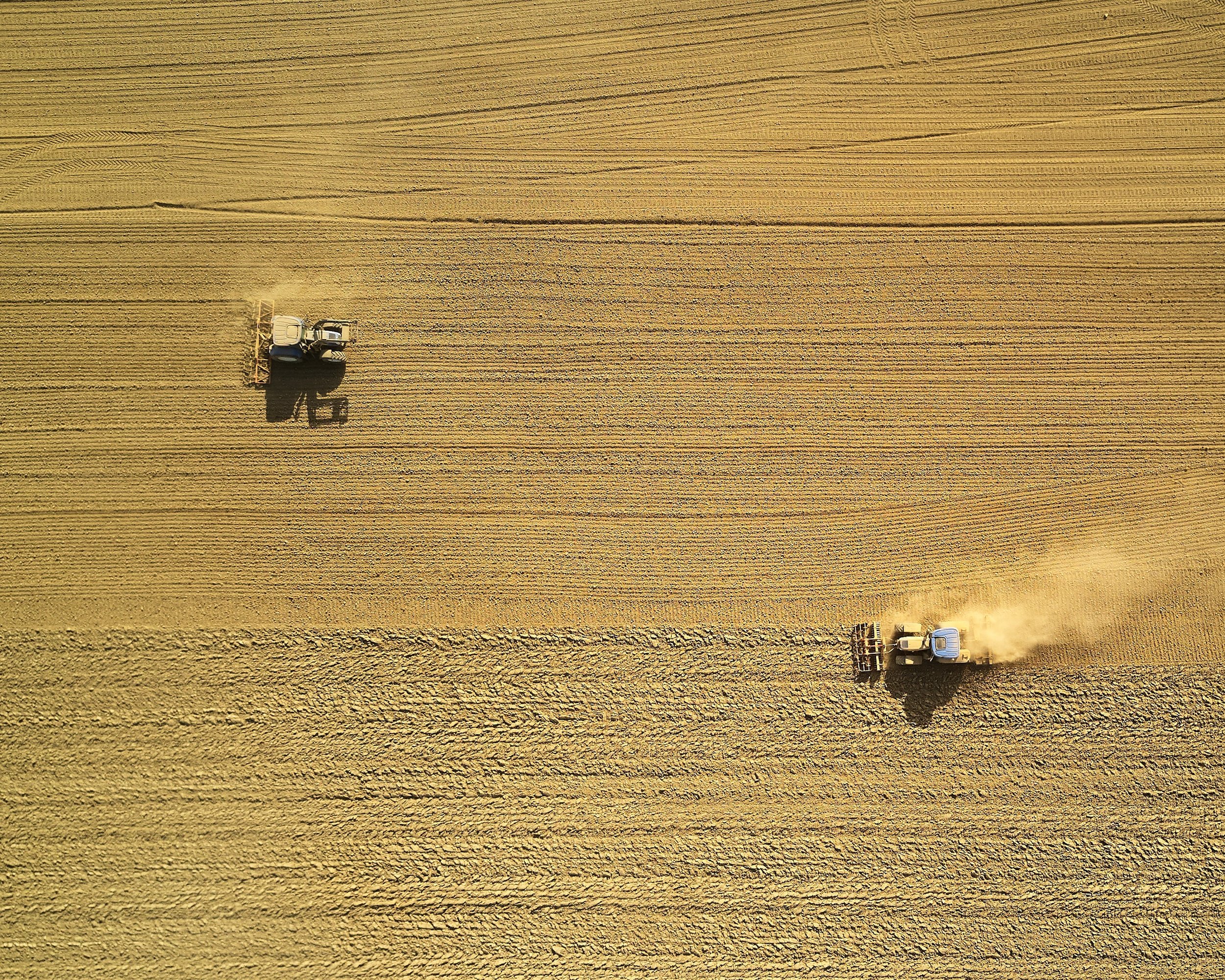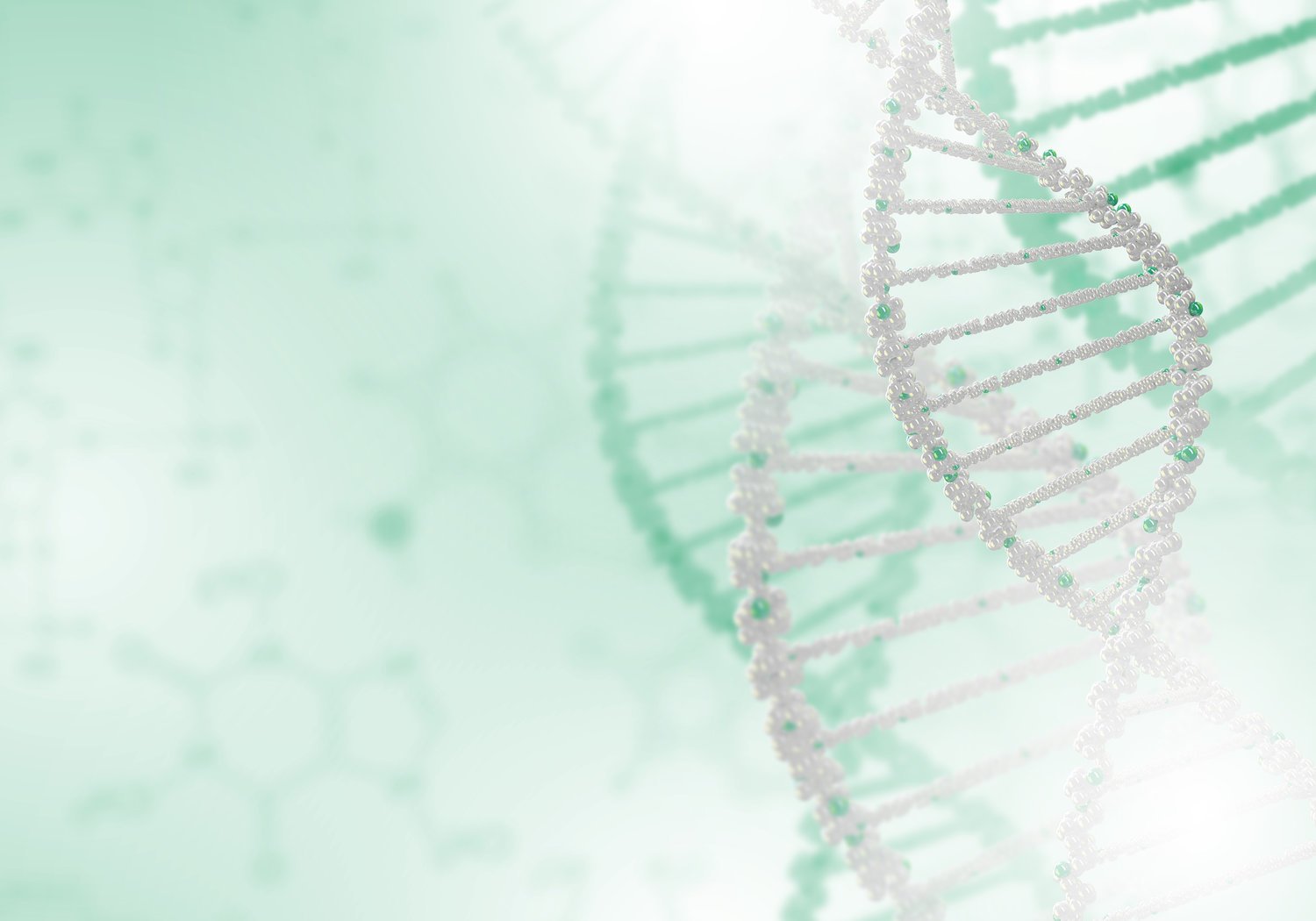Ancient Genome: The Effects of Nutrition on Health
As humans have moved from pre-agricultural to modern societies, technology has transformed the way we work, communicate, and eat. In fact, the many of the foods that dominate the modern American diet have never before been encountered in the course of human evolution, and recent studies show that our bodies have not been able to keep pace with the rapid changes. The dramatic shift in our diets since pre-agricultural times has caused an “evolutionary discordance,” which means that our genetic makeup is not adapted to the modern diet, our nutrition is not supporting our physical and mental health. This discordance may be at the root of many health epidemics—including obesity, heart disease, diabetes, osteoporosis, cancer, depression, anxiety and more—that afflict modern populations (Cordain, Eaton, Mann, Lindeberg, Watkins, O’Keefe & Brand-Miller, 2005.
Before agriculture was developed, humans were limited by food options that were available in the wild. The domestication of plants and animals caused the nutritional characteristics of food to start to change gradually, but technological advances in food production and processing during the Industrial Revolution introduced more dramatic changes in the quality and quantity of these formerly wild foods.
Foods that are ubiquitous today, from cookies and cake to soft drinks, candy, condiments, and salad dressings, were not present in the diets of our pre-agricultural ancestors. Dairy foods, cereal grains, refined sugars, and refined vegetable oils are relative newcomers in the human diet, and increased consumption of these foods significantly altered the human dietary profile. While there is evidence that some alcohol naturally occurred and was consumed in pre-agricultural times, it’s likely that seasonal fluctuations and limited ability to store liquids would have made fermented drinks an insignificant source of energy for humans. Salt, similarly, would have been consumed in small quantities by people living in coastal areas, but current levels of salt consumption are unprecedented. While meat would have been consumed by hunter-gatherers, technological developments in animal husbandry have caused the amount and types of fats in meat to change (grass fed versus grain fed meat has a different fatty acid composition).
The human genome, which is still adapted to the diet of our ancestors, is challenged not only by the presence of these new foods, but also by the larger quantity and different combinations in which these foods are consumed. Our genome will eventually evolve to cope with the new environment, but it takes us 10,000 to 30,000 years to evolve genetically to match this type of change in our environment, and we have not had enough time yet.
As these “novel” foods were introduced as staples, they gradually replaced minimally processed, nutrient-dense wild plant and animal foods. In turn, they began to have a negative effect on key dietary health factors:
1) glycemic load,
2) fatty acid composition,
3) macronutrient composition,
4) macronutrient density,
5) acid-base balance,
6) sodium-potassium ratio,
7) and fiber content (Cordain et al., 2005).
Not surprisingly, these key seven changes contribute to an array of chronic illnesses and conditions, from cancer and constipation to acne, hemorrhoids, balding and depression—and many more. Various diet-related diseases typically affect 50-65% of the adult population in the modern world, yet they are rare—even nonexistent—in hunter-gatherer and less “Westernized” populations.
NOTE: The center (0) line is the goal or limit. For most, those represented by the orange sections of the bars, shifting toward the center line will improve their eating pattern. DATA SOURCES: What We Eat in America, NHANES 2007-2010 for average intakes by age-sex group. Healthy U.S.-Style Food Patterns, which vary based on age, sex, and activity level, for recommended intakes and limits.
Our post-industrial society comes with many conveniences. Yet with all our modern innovations, we still have an ancient genome of our pre-agricultural ancestors: we are not adapted to the quantity or quality of foods that are currently the staples of the Standard American Diet. Unfortunately, this evolutionary discordance is responsible for many modern epidemics that afflict affluent populations in the contemporary world. On the bright side, however, understanding the relationship between our health, our history, and our food enables us to make dietary choices that can guide us away from many of the major health problems facing the world today.
Many people, including a large portion of the clients I see in Brooklyn, are now knowledgeable about the links between nutrition and physical health and mental health. Yet since the information about nutrition and health that is available online is so varied in quality and approach, it is a challenge to sift through it. I hope this article helps to highlight some of the key changes in our food to which we need to pay attention.



